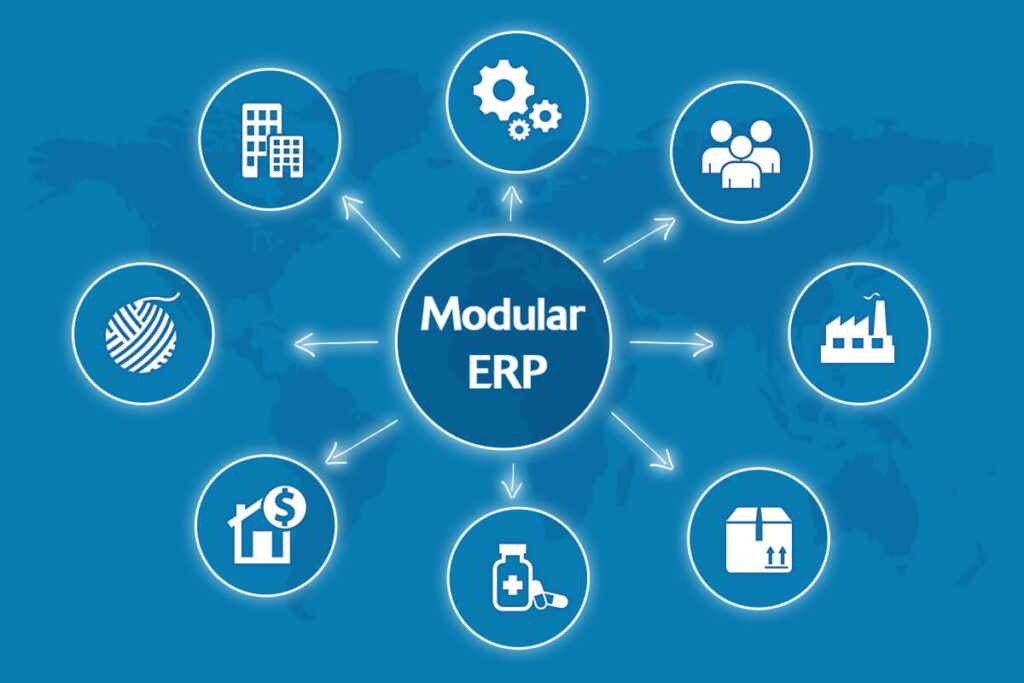ERP system as an effective tool for optimizing company operations
The need for digitalization is no longer in doubt. Without it, it is simply impossible to compete in the market. Various tools can be selected to improve the efficiency of professional activities. One of them is the ERP system, which helps to optimize key business processes and clearly define job roles for all employees.
By implementing an ERP system, you can create a unified environment for all internal operations and monitor the work of each department. Benefits of using the tool:
- Creating an ecosystem enables better communication within the company and faster decision-making. In addition, the software allows for the automation of many organizational issues, including application processing.
- The system includes settings for access rights with different levels of responsibility. This ensures a high level of confidentiality and reduces the chance of errors. Employees can only manage the processes to which they have access.
- All financial data is consolidated in a typical system which provides better control over the reporting for each department. Any misuse of funds will be quickly identified and corrected.
- The software aims to automate business processes, making operations more productive and reducing the likelihood of errors.
- Increased communication between management and subordinates makes it possible to build an effective motivation system to understand the team’s mood.
- It allows you to monitor the departments’ performance and understand the problem of decreased productivity in a particular division.

In what cases the implementation of the system may not bring results
Despite all the benefits of an ERP system, its implementation may not yield the desired results. This situation may arise if specialists do not integrate the software into the company current processes. Therefore, before migrating to a new tool, it is important to analyze activities and identify problems and ways to fix them. In addition, it is necessary to clearly understand the goals of using the software and make adjustments based on them. You should also plan enterprise resources and compare the results with ERP capabilities. If the system can solve most problems, its use will be worthwhile and quickly pay for itself.
Now you need to prepare employees for the transition to the new software to describe its benefits. The staff should understand that ERP is an assistant, not a competitor, that takes away work. In the first stages, monitoring the progress of integrating the system into internal operations and receiving employee feedback is important. You must be prepared for them to find it challenging to use the software at first. However, over time, they will see the benefits of the tool. The implementation process should be done in stages. If difficulties arise, it is better to put it on hold so people can adjust to the changes. However, it is crucial to understand that the ERP system may have vulnerabilities and will only solve problems with some effort. The tool aims to identify the weak links in the business process, and the rest depends on the actions of the company’s management.




